Table of Contents
Unmasking Toxins: Ingredients To Stay Away From In Makeup and Skincare Products
This page may contain affiliate links. We may earn a commission on purchases, at no additional cost to you. Learn more →
Ever slapped on a moisturizer without a second thought about what’s in it? I have. For years, I used conventional cosmetics daily—unaware that my face cream could be packed with toxic chemicals and endocrine disruptors, or that my go-to mascara might contain coal tar derivatives. It's startling when you realize the products meant to enhance your beauty could be subtly undermining your health.
We're all trying to navigate a world filled with environmental toxins, from BPA to air pollution, and it feels like our bodies are constantly playing catch-up. Why add more to the mix with makeup and skincare ? Let’s dive into the world of beauty products and really see what we’re putting on our skin. It’s time to make informed choices about the products that touch our skin daily and to find beauty options that are as safe as they are effective. Let’s empower ourselves with knowledge and choose safer options for our skin—the largest organ we have.
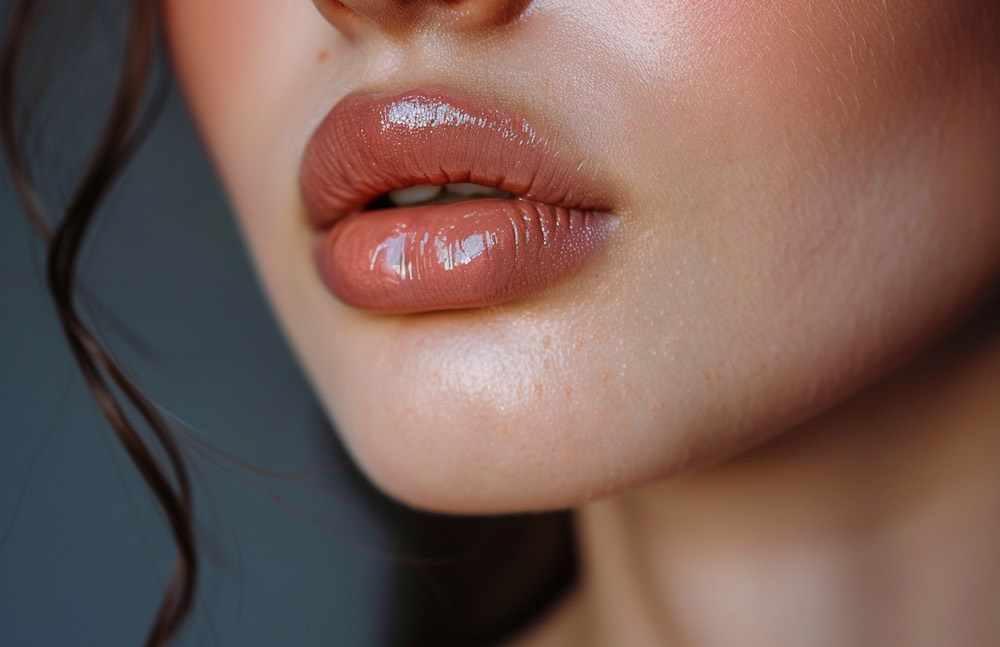
Key Takeaways for Healthier Skin and Safer Beauty Choices
-
Be Aware of Harmful Chemical Ingredients: Avoid cosmetics with formaldehyde, heavy metals, phthalates, and artificial fragrances. These can disrupt hormones and cause serious health issues, including cancer and reproductive harm.
-
Question Misleading Labels: Don't be fooled by claims like ‘safe for babies’ or ‘hypoallergenic.’ Investigate the ingredients yourself, as federal labeling laws have loopholes that may not require all chemicals to be listed.
-
Check for Hidden Chemicals: Many products contain substances not immediately apparent due to gaps in labeling requirements. Use ingredient checker resources like the Environmental Working Group’s Skin Deep Database, Think Dirty, CosDNA, SKinCarisma, CodeCheck or DetoxMe to research product safety.
-
Advocate for Stricter Regulations: Support initiatives aimed at tightening industry standards to ensure safer beauty products. Engage with groups like the Campaign for Safe Cosmetics for more information and to get involved.
-
Opt for Non-Toxic Beauty: Choose clean beauty products with safer ingredients by referring to verified non-toxic lists and organic certifications, like Ecocert, Cosmos, USDA Organic and others. Consider using DIY perfume and skincare alternatives to further reduce exposure to harmful chemicals.
The Hidden Dangers Lurking in Your Cosmetic Bag
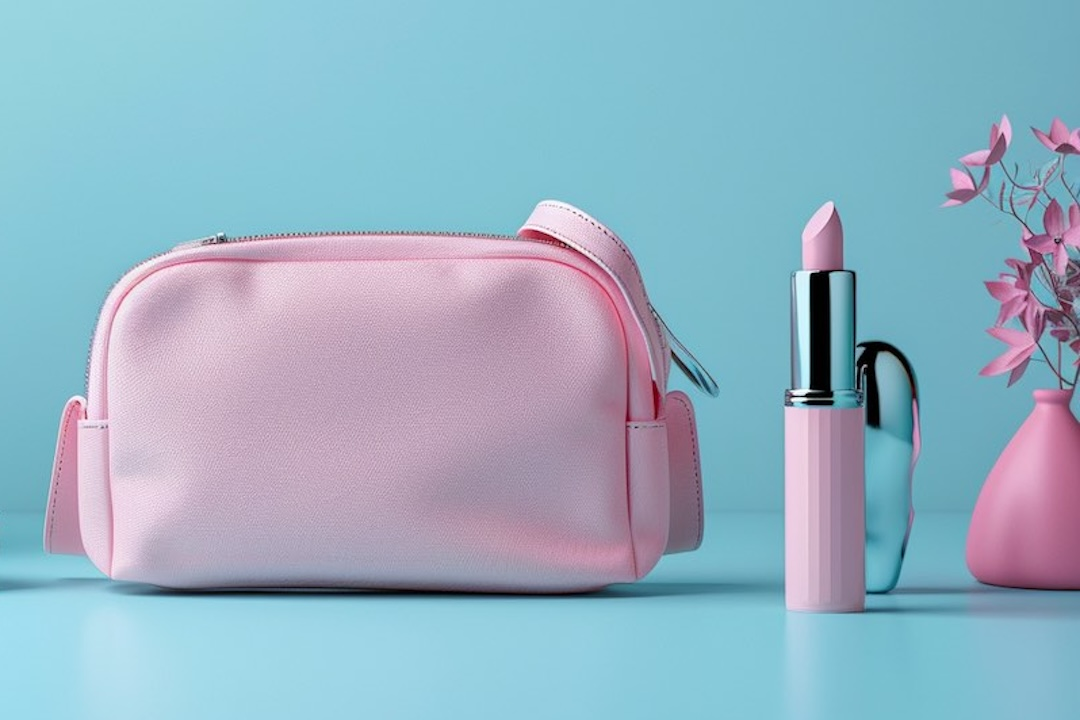
From your everyday lipstick to your special occasion perfume, harmful chemical ingredients can stealthily sneak into your cosmetic bag. And what’s worse, many of these toxic chemicals are hiding in plain sight, listed on product labels under innocent-sounding names.
So, how can you tell which of your beloved beauty products might be harmful to your health? Let’s start by identifying the most common offenders.
“The Dirty Dozen”
Identifying Harmful Ingredients to Stay Away From in Makeup , Cosmetics and Skincare Products
Formaldehyde, heavy metals, and phthalates, oh my… These are just a few of the harmful ingredients commonly found in makeup and personal care products. Phthalates, along with parabens, are examples of endocrine disrupting chemicals that can interfere with the hormone system. For instance, formaldehyde-releasing preservatives are often used in cosmetics and are considered toxic. And let’s not forget about heavy metals like lead and mercury that can sometimes be found in your favorite beauty products, posing toxic risks.
Which chemicals are the true villains? The ones that you should avoid at all costs? Here’s a rundown of the 12 toxic chemicals you should avoid in skincare products, known as the “Dirty Dozen.” These ingredients can have adverse effects on your health and the environment.
-
Butylated Hydroxyanisole (BHA and BHT)
-
Found in: Moisturizers, makeup, exfoliants, perfume.
-
Health Risks: Anticipated to be a human carcinogen, suspected endocrine disruptors and may cause cancer; associated with skin irritation.
-
Opt for non toxic moisturizers and products with natural preservatives, such as vitamin E (tocopherol), and prioritize products labeled “BHA/BHT-free.”
-
Coal Tar Dyes (p-phenylenediamine and CI numbers)
-
Found in: Hair dyes and colored cosmetics .
-
Health Risks: Derived from petroleum and can be contaminated with heavy metals toxic to the brain. Contains potential carcinogens linked to bladder and breast cancers. Paraphenylenediamine (PPD) is particularly hazardous, leading to skin irritation, allergic reactions, and blood toxicity.
-
Choose plant-based dyes or henna for hair color. For makeup, look for mineral-based pigments and products labeled “coal tar-free.”
-
DEA-related ingredients
-
Found in: Creamy and foaming products, such as moisturizers and shampoos.
-
Health Risks: Can react to form nitrosamines, which may cause cancer.
-
Seek out products labeled “DEA-free” and opt for natural, sulfate-free shampoos, conditioners, and soaps.
-
Dibutyl Phthalate
-
Found in: Nail polish and hair sprays.
-
Health Risks: Endocrine disruptor and reproductive toxicant, causing dizziness and headaches in nail salon workers. Prolonged exposure may contribute to asthma and respiratory issues.
-
Look for nail polishes labeled “phthalate-free” or choose “5-Free” or “7-Free” formulas. You can also try making your own nail polish.
-
Formaldehyde and its relatives
-
Found in: A wide range of cosmetics
-
Health Risks: Formaldehyde is a known carcinogen and can cause skin allergies, tissue irritation, and have the potential to form carcinogenic compounds. Even at low levels, such as 250 parts per million, formaldehyde can pose health concerns, and these risks can increase with higher temperatures or longer storage times. To avoid formaldehyde-releasing chemicals in personal care products, consumers can check labels for ingredients like Quaternium-15 and DMDM Hydantoin, which release formaldehyde.
-
Check labels for common formaldehyde-releasing preservatives like DMDM Hydantoin and Quaternium-15, and opt for natural alternatives.
-
Parabens (Paraben, methylparaben, butylparaben and propylparaben)
-
Found in: Makeup, body washes, deodorants, shampoos and facial cleansers.
-
Health Risks: Potential endocrine disruptors which may interfere with male and female reproductive functions, promote breast cancer
-
Choose products labeled “paraben-free” and try making your own chemical-free body wash, toothpaste, or moisturizer.
-
Parfum ( Fragrance)
-
Found in: Virtually every type of cosmetic product.
-
Health Risks: Comprised of potentially hundreds of chemicals, including hidden phthalates that disrupt hormones and synthetic musks linked to ecological harm.
Despite their pervasive use, the specific chemical components of fragrances often remain undisclosed due to trade secret labeling, making it difficult for consumers to identify potential allergens or toxins. Laboratory studies have shown that these compounds can exacerbate asthma, trigger allergies, and even contribute to long-term health issues like endocrine disruption.
-
Opt for a BHA- and phthalate-free perfume or choose naturally scented products with essential oils.
-
PEG Compounds
-
Found in: Cream-based cosmetics.
-
Health Risks: Can contain ethylene oxide and 1,4-dioxane, both known carcinogens.
-
Opt for PEG-free products and use simpler natural alternatives like shea butter or aloe vera for skin moisturization.
-
Petrolatum
-
Found in: Moisturizers and hair products, mascara, lipstick
-
Health Risks: Can be contaminated with polycyclic aromatic hydrocarbons (PAHs), which may cause cancer.
-
Choose natural alternatives like shea butter, cocoa butter, or coconut oil. You can find or try making your own non toxic lipstick, non toxic mascara, or hair mask.
-
Siloxanes
-
Found in: Cosmetics to soften, smooth, and moisten.
-
Health Risks: Suspected endocrine disruptor and reproductive toxicant (cyclotetrasiloxane).
-
Avoid products with “siloxane” or “methicone” in their names and use natural oils to achieve a moisturizing effect.
-
Sodium Laureth Sulfate
-
Found in: Foaming cosmetics, such as shampoos and body washes.
-
Health Risks: Skin irritation, eye damage, can be contaminated with 1,4-dioxane, which may cause cancer.
-
Opt for nontoxic sulfate-free shampoos, soaps, and detergents. Try making your own chemical-free body wash or soap.
-
Triclosan
-
Found in: Antibacterial cosmetics, such as toothpastes and deodorants.
-
Health Risks: Suspected of causing endocrine disruption, allergies and contributing to antibiotic-resistant bacteria.
-
Use natural antibacterial alternatives like tea tree oil and choose triclosan-free toothpaste and deodorants.
Further on our list of offenders are
Heavy Metals (like arsenic, cadmium, lead, mercury, and nickel)
-
Found in: Eye makeup, lipsticks, and skin-lightening products.
-
Health Risks: Can cause neurotoxicity, developmental issues, reproductive toxicity, and organ damage. These toxic ingredients can often contaminate makeup products, leading to significant health issues including skin allergies and cellular damage
-
Choose clean beauty brands that guarantee heavy metal-free products and prioritize those with third-party certifications.
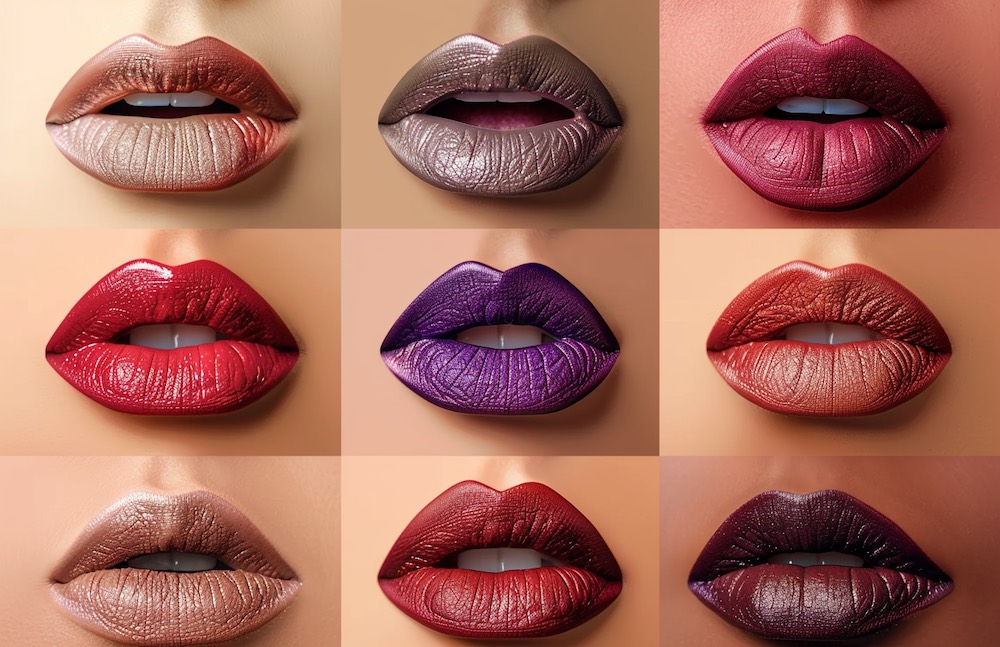
The Impact of Long-Term Exposure
Unfortunately, these toxic ingredients aren’t just harmful in the short term. Long-term exposure to these chemicals can lead to a host of health issues, impacting not only individual health but also public health, including:
-
Skin conditions
-
Hormonal imbalances
-
Neurological issues
-
Increased risk of cancer
These are just a few examples of the potential health problems that could arise from using these products over time.
And it’s not just adults who are at risk. Research has highlighted that even children in the United States are regularly exposed to toxic chemicals in personal care products, which may contribute to learning and developmental disorders, obesity, and asthma.
But what about those products that claim to be ‘safe for babies’ or ‘hypoallergenic’? Unfortunately, these labels can be misleading. Certain cosmetic chemicals, such as parabens and phthalates, can affect prenatal and postnatal development and have been linked to various endocrine diseases and types of cancer.
To truly prioritize your child's safety, consider switching to safer alternatives like organic baby care products that are free from harmful chemicals.
So, it seems that no one is immune to the potential dangers of harmful cosmetic chemicals and the risks associated with chemical exposures, even when using cosmetics and personal care products from reputable cosmetic companies.
Navigating Labels: Decoding Ingredient Lists
But don’t despair! There are ways to decode those confusing ingredient lists. Here are some tips to help you:
-
Use tools like the Environmental Working Group’s (EWG) Skin Deep database, Think Dirty, CosDNA, SkinCarisma, CodeCheck, and DetoxMe to check the safety rankings of ingredients in beauty or personal care products.
-
Be aware that cosmetic labels may use misleading names or highlight minor ‘natural’ or ‘organic’ ingredients while neglecting to clearly present other components.
-
Just because a product is labeled as ‘non-toxic’ or ‘naturally derived’ doesn’t necessarily mean it’s safe.
-
Some toxic chemicals in makeup, like certain phthalates, may not be individually disclosed on labels as they are components of fragrances, thus exempt from federal labeling requirements.
What Research Says About Cosmetic Chemicals
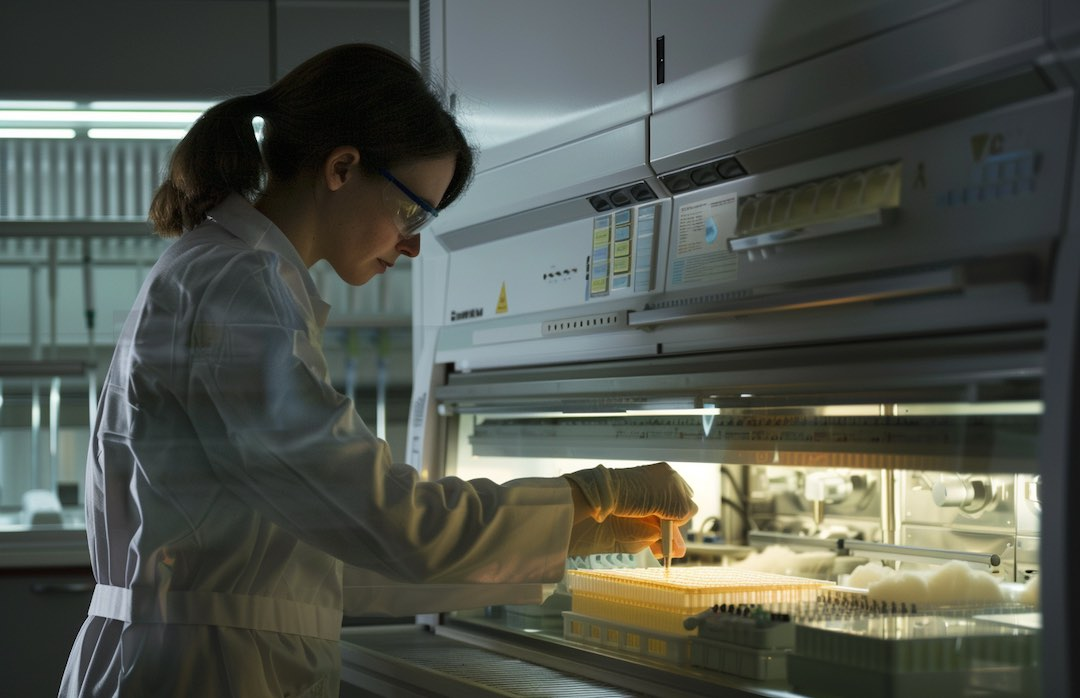
By now, you might be feeling a bit overwhelmed by all this information. But remember, knowledge is power. And scientific research is our greatest ally in the fight against harmful cosmetic chemicals. Studies conducted by organizations such as the Environmental Working Group (EWG) have documented the presence of potentially hazardous chemicals in a variety of cosmetic products. And these studies have shown a link between certain cosmetic ingredients and adverse health outcomes like cancer and reproductive problems.
Studies Shedding Light on Skin Deep Concerns
When we delve deeper into these studies, we find even more alarming findings. For instance, over 88 chemicals found in more than 73,000 cosmetic products are linked to serious health issues such as cancer, birth defects, or reproductive harm.
And it’s not just the obvious offenders like formaldehyde and mercury that are causing problems. Dibutyl phthalate and diethylhexyl phthalate, common ingredients in cosmetics, can cause developmental toxicities and are linked to reproductive system harm and potential carcinogenic effects.
There's an urgent need for regulation.
Safer Alternatives: Embracing Non-Toxic Beauty and Safer Organic Personal Care Products
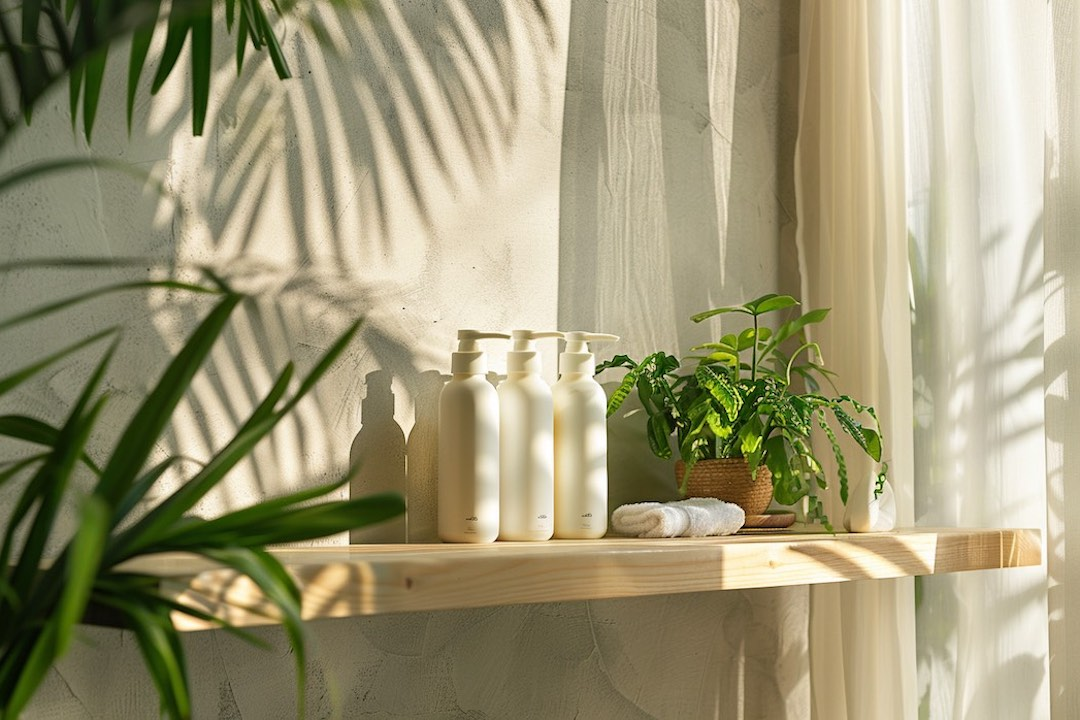
But while we wait for regulations to catch up, what can we do to protect ourselves? The answer lies in embracing non-toxic beauty. By opting for cosmetics with fewer ingredients, reading ingredient lists carefully, and being skeptical of labels like ‘hypoallergenic’, ‘non-toxic’, and ‘natural’, we can reduce the chance of being exposed to potential toxins.
Choosing Non Toxic Products with Confidence
Knowledge is your best ally. Understanding the ingredients on labels helps us sidestep potentially harmful chemicals. Certifications like ‘USDA Organic,’ ‘Non-GMO Project Verified,’ or the ‘Leaping Bunny’ serve as safety signals, helping us spot non-toxic cosmetics and avoid those with questionable ingredients.
But picking safer products doesn’t mean sacrificing quality or convenience. With resources like databases and guides from trusted organizations, finding clean beauty products is easier than ever. Or, you can try your hand at DIY cosmetics, using natural ingredients to have more control over what touches your skin.
By consciously choosing transparent, ingredient-friendly products or even making your own, we can shift the demand toward safer beauty options while still looking and feeling our best.
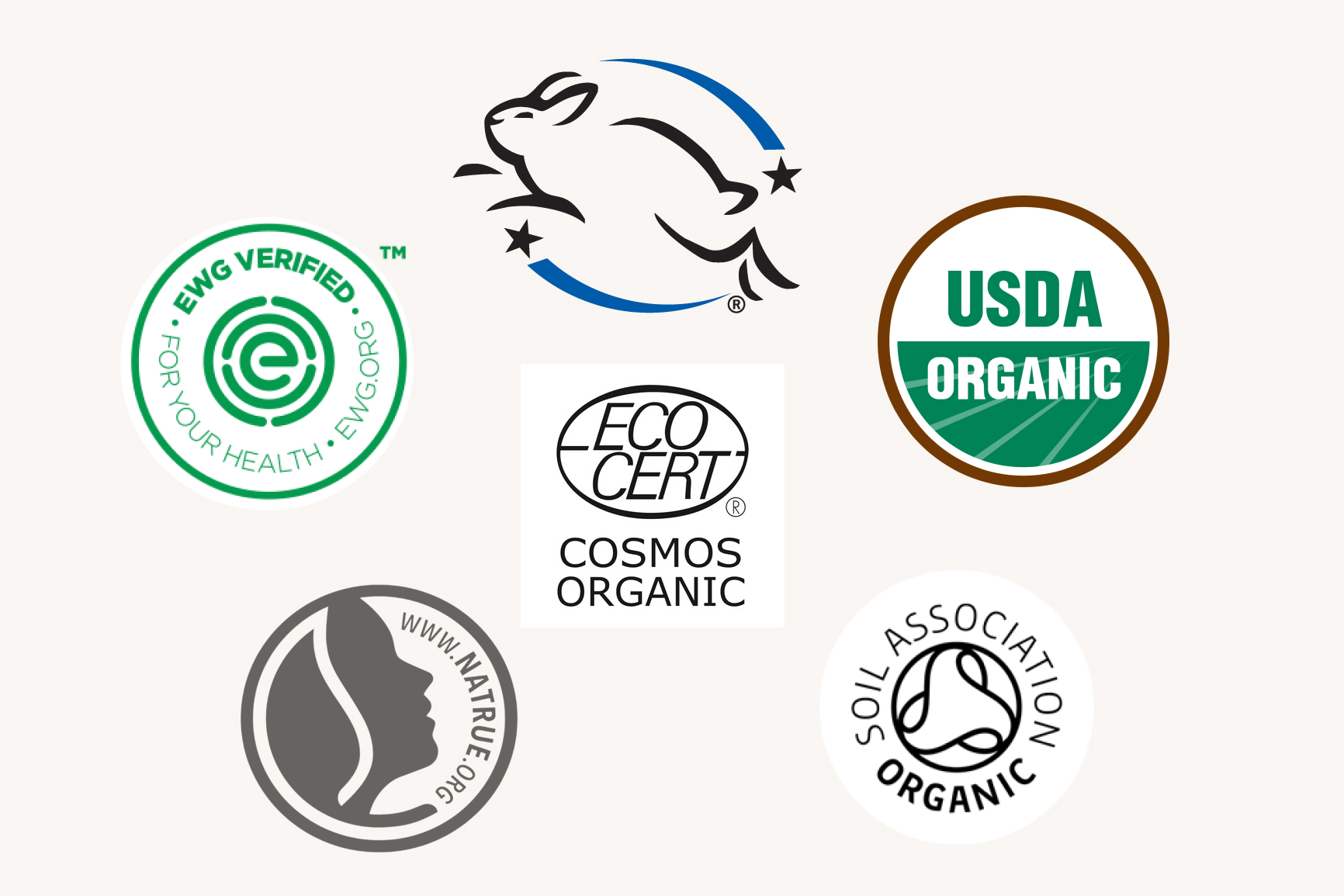
DIY Beauty: Making Your Own Safe Cosmetics
If you’re feeling adventurous, why not try making your own cosmetics? This can be a fun and rewarding way to ensure that the products you use are safe. Common kitchen ingredients like cocoa powder, arrowroot, and natural oils offer a safer alternative to store-bought cosmetics that may contain harmful chemicals. And the possibilities are endless. You can make everything from shampoo and homemade foundation to blush or even mascara, using safe ingredients like arrowroot powder, clay powders, mica powders, and activated charcoal.
Creating your own makeup also gives you the freedom to customize products to match your skin tone and meet your coverage preferences. For instance, homemade mascara can be created with a simple mixture of Aloe Vera Gel, Vitamin E oil, and activated charcoal, offering a natural and safer alternative to conventional mascaras.So, why not give DIY beauty a try?
Take Action for Safer Beauty
The path to a healthier beauty routine is paved with knowledge and action. We've uncovered the concerning truth about toxic chemicals in beauty products and their potential health risks.
While we've highlighted the importance of research and regulation, the power to make a change starts with you. Here's how you can actively pursue a cleaner, greener beauty routine:
-
Embrace Non-Toxic Beauty: Seek out products that are free from the "Dirty Dozen" chemicals. By making your own cosmetics or learning from our blog posts on non-toxic living, natural mascara, or nontoxic body lotion, and more, you'll gain valuable tips to enhance your health and beauty routine.
-
DIY Your Beauty Routine: Take control by creating your own cosmetics. Our DIY tutorials offer simple and safe alternatives using ingredients you can trust.
-
Stay Informed: Knowledge is power. Regularly reading platforms like Safe Cosmetics, the Environmental Working Group (EWG), and similar resources will keep you up-to-date on the latest findings and safer alternatives in the beauty industry.
-
Spread the Word: Share your knowledge with friends and family.
If you liked this article, here are further artilces you might like:
How to Avoid Pfas in Cosmetics
Frequently Asked Questions
What are some common harmful ingredients found in makeup?
Some common harmful ingredients found in makeup include formaldehyde, heavy metals like lead and mercury, and phthalates. These ingredients can disrupt hormones, harm the reproductive system, and even lead to cancer, so it's important to read labels and avoid products containing these.
Are there health risks associated with long-term exposure to these harmful ingredients?
Yes, long-term exposure to harmful ingredients can lead to a range of health issues, such as skin conditions, hormonal imbalances, neurological problems, and an increased risk of cancer. It's important to minimize exposure to these ingredients to protect your health.
How can I identify harmful ingredients in my beauty products?
To identify harmful ingredients in your beauty products, make sure to read the ingredient lists carefully and consider using resources like the Environmental Working Group's (EWG) Skin Deep database to check the safety rankings of ingredients.
What are some ways I can avoid harmful chemicals in my beauty routine?
To avoid harmful chemicals in your beauty routine, look for cosmetics with fewer ingredients, read labels carefully, and be cautious of terms like 'hypoallergenic' or 'non-toxic'. Consider making your own cosmetics for more control over what you're using on your skin.
How can I support the movement towards a safer, more transparent beauty industry?
You can support the movement towards a safer, more transparent beauty industry by advocating for stronger regulations, supporting organizations that press for policy changes, and consciously selecting products with transparent ingredient lists. This will help promote safer and more transparent practices in the beauty industry.
2 comments
I’ve been researching ingredients, safe, harmful and what to look for. I know there too many to mention. Heard of the dyes: Red #.., Blue #.. etc, contain petroleum. Finding in in products from drinks to toothpaste, shampoos, makeup and deodorants containing aluminum. Reading labels has become a daily ritual. As finding out on an ad that Gatorade, and many other products from many years back, have added Colored Dyes #’s, harmful preservatives that were not in the same product back than, added, sold today, why? Why adding harmful chemicals and dyes to what we use, eat and drink 💔
I’ve been actively avoiding sulphates, formaldehyde & mineral oil for several years, but I’m now aware that there are loads of others which are as bad! It’s a little overwhelming. Whilst this article is very informative it makes one aware that checks need to be made all the time. My quest for clean make up starts here!












